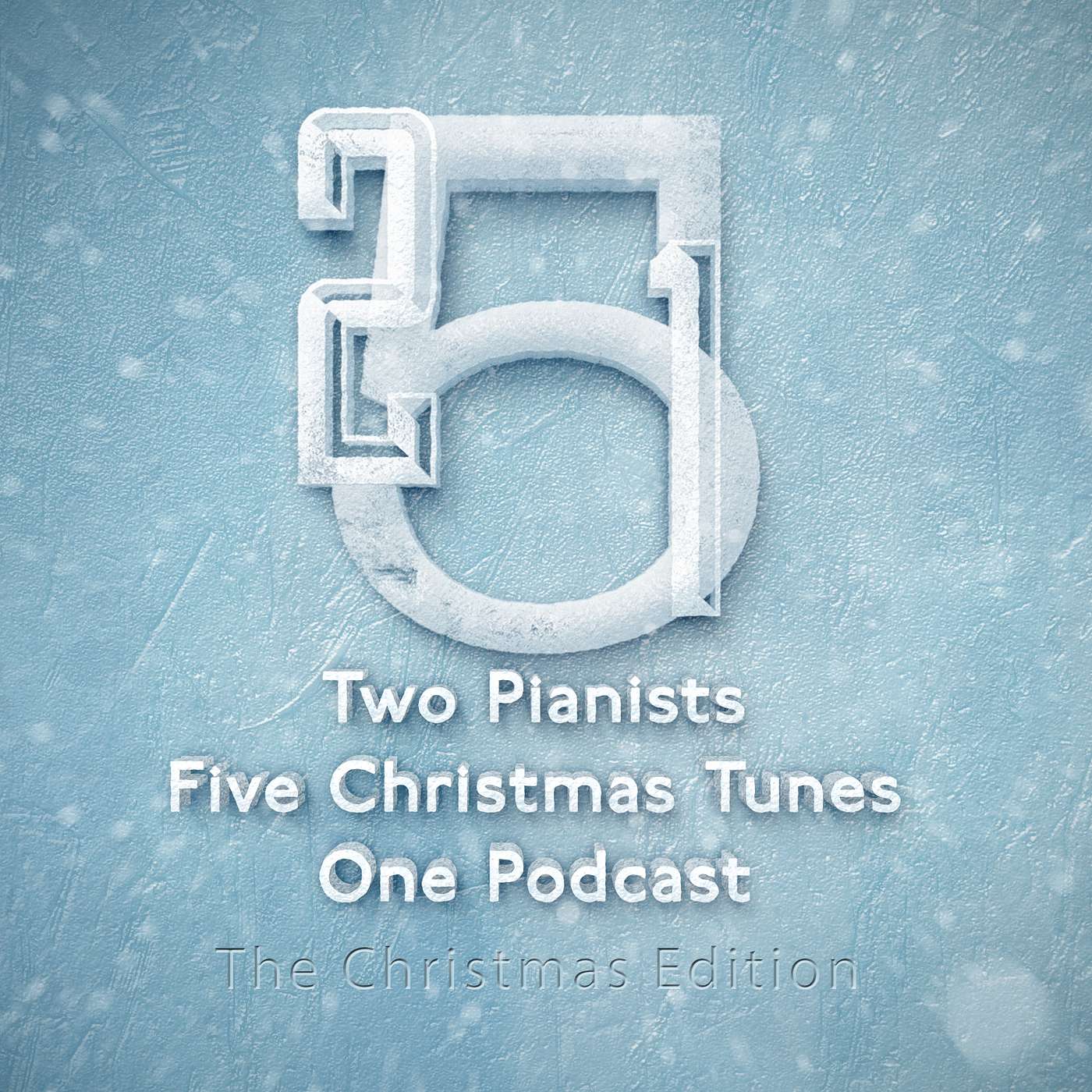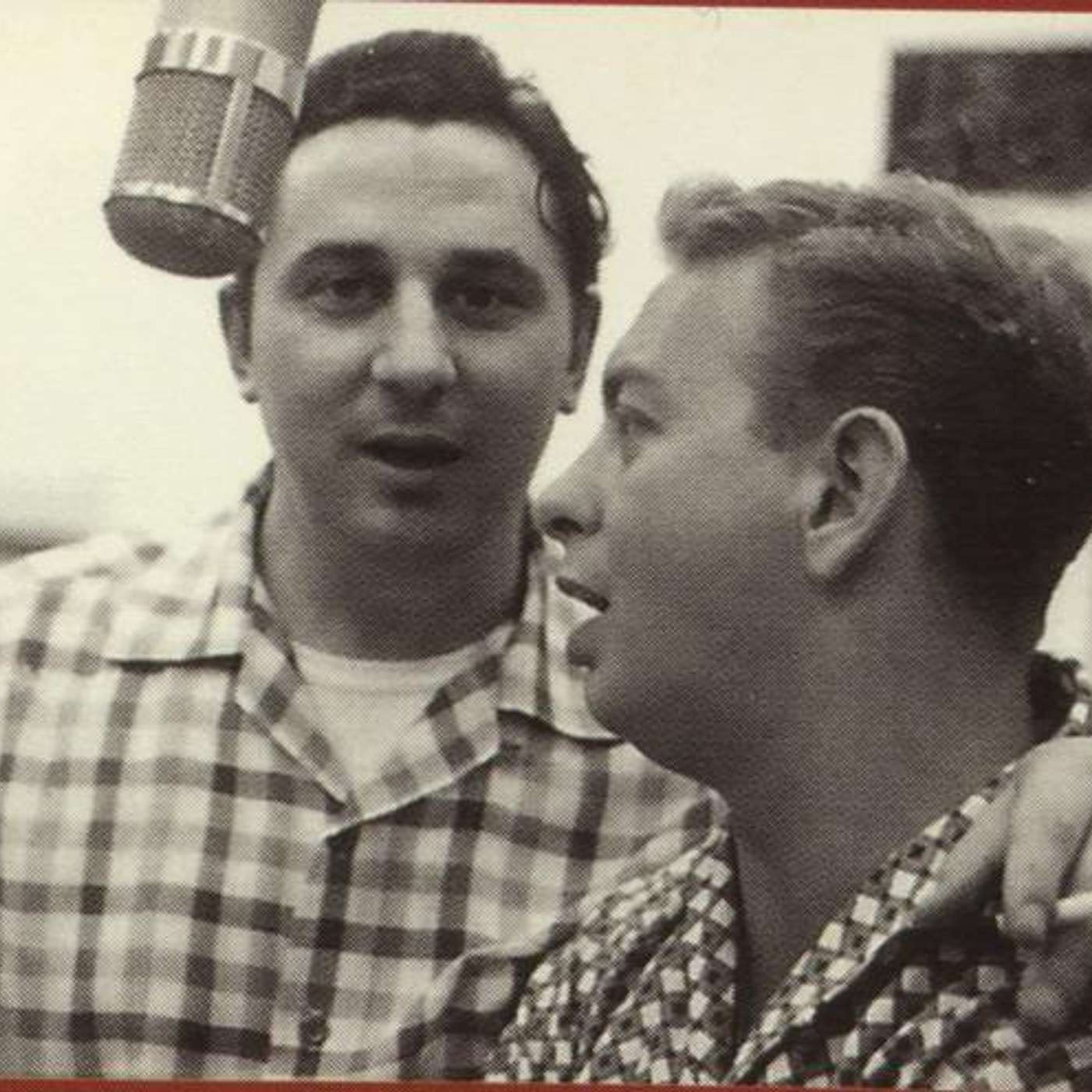Show Notes
Another in our series of music theory podcasts, this time we focus on the whole tone scale. In music, a whole-tone scale is a scale in which each note is separated from its neighbors by the interval of a whole tone. In twelve-tone equal temperament, there are only two complementary whole-tone scales, both six-note or hexatonic scales. A single whole tone scale can also be thought of as a "six-tone equal temperament". Some early instances of the use of the scale in jazz writing can be found in Bix Beiderbecke's "In a Mist" (1928) and Don Redman’s "Chant of the Weed" (1931). In 1958, Gil Evans recorded an arrangement that gives striking coloration to the "abrupt whole-tone lines"of Redman's original. Wayne Shorter's composition "JuJu" (1965), features heavy use of the whole tone scale, and John Coltrane's "One Down, One Up" (1965), is built on two augmented chords arranged in the same simple structure as his earlier tune "Impressions"
However, these are only the most overt examples of the use of this scale in jazz. A vast number of jazz tunes, including many standards, use augmented chords and their corresponding scales as well, usually to create tension in turnarounds or as a substitute for a dominant seventh chord. For instance a G7 augmented 5th dominant chord in which G altered scale tones would work before resolving to C7, a tritone substitution chord such as D♭9 or D♭7♯11 is often used in which D♭/G whole tone scale tones will work, the sharpened 11th degree being a G and the flattened 7th being a C♭, the enharmonic equivalent of B, the major third in the G dominant chord.
Art Tatum and Thelonious Monk are two pianists who used the whole-tone scale extensively and creatively. Monk's "Four in One" (1948) and "Trinkle-Tinkle" (1952) are fine examples of this.





Comments & Upvotes